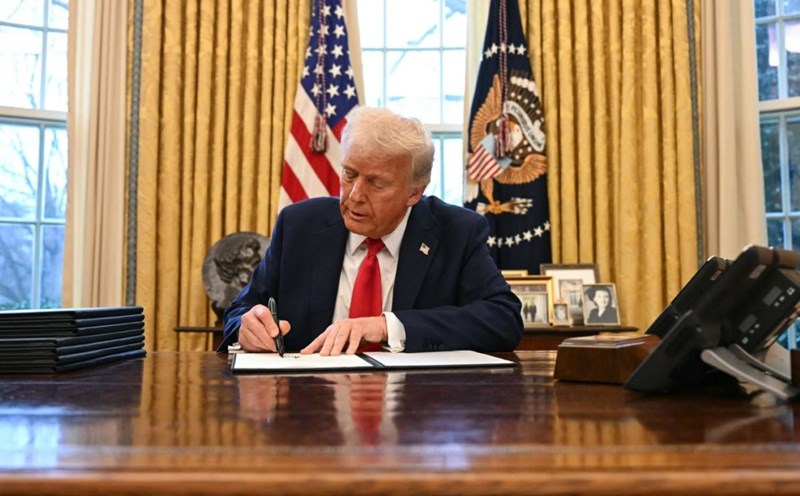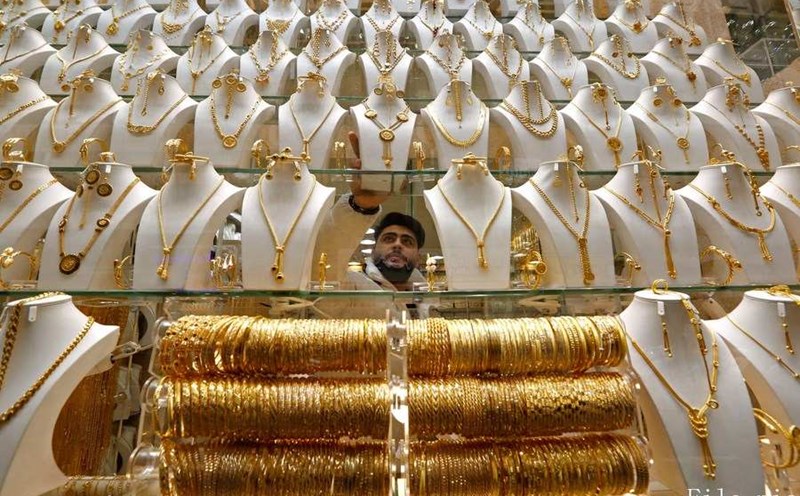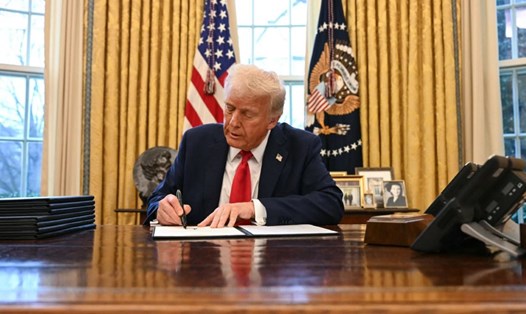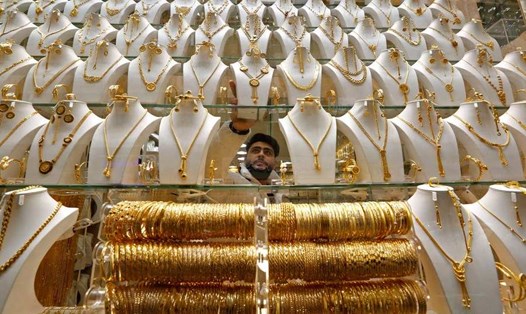Hong Kong stocks hit a two-month high, U.S. stock futures rose, and foreign exchange rates fluctuated as investors chased unexpected changes in U.S. trade policy.
S&P 500 futures rose 0.4% in trading on February 4. The dollar reversed losses against the Mexican peso and Canadian dollar after US President Donald Trump pledged to strengthen border controls and delay new tariffs.
The euro had a volatile session, falling to $1.0125 before rebounding sharply to $1.0320 within 24 hours. Mr. Trump's move shows that any decision can still be changed through negotiations.
Asian stocks up
Hong Kong's Hang Seng Index rose 2.5% despite plans to impose an additional 10% tariff on Chinese goods from 0501 GMT. Electric vehicle makers led the gains, with Li Auto (2015.HK) up 8% and semiconductor giant SMIC (0981.HK) up more than 7% to a record high.
“Trump’s strategy is still to make strong threats about tariffs but leave the door open for negotiations. This makes investors feel that the policy is not really certain,” said Steven Leung, a trading expert at UOB-Kay Hian. “So there is no need to worry too much.”
European stock futures edged up just 0.2 percent. Meanwhile, Brent crude oil prices settled at $75.46 a barrel, the lowest in a month.
Bitcoin, after falling to nearly $91,000 the day before, is now trading around $102,000.
Policy storms and impact on the market
"We need to get used to this kind of roller coaster of public policy negotiations," said Ross Mayfield, investment strategist at Baird in Louisville, Kentucky.
Australia's benchmark (.AXJO) rose 0.4% and Japan's Nikkei 225 (.N225) gained 1.7%, though gains were still less than the sharp declines seen earlier in the week when trade war fears gripped financial markets.
The White House said President Trump is expected to have a phone call with Chinese President Xi Jinping in the coming days.
While China's stock markets were closed for the Lunar New Year holiday, the yuan traded at 7.3112 USD after weakening to 7.3765 USD in the previous session.
How do coins and gold react?
The Australian dollar stood at $0.6206 after hitting a low of $0.6088 on Monday. The safe-haven yen fell 0.3% to $155.18.
Gold prices hit a record high on Monday as trade war fears drove investors into safe-haven assets. Gold remained near its highs, trading around $2,813 an ounce. Meanwhile, U.S. Treasury bond futures edged lower as markets were divided on whether the Federal Reserve would cut interest rates once or twice this year.
“Increased policy uncertainty will be difficult to manage,” said Michael Feroli, chief economist at J.P. Morgan. “For the Fed, the weekend’s developments have reinforced its tendency to stay on the sidelines and avoid attention.”











